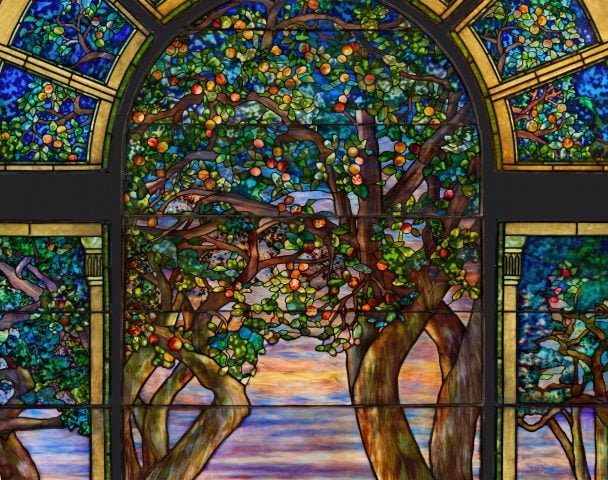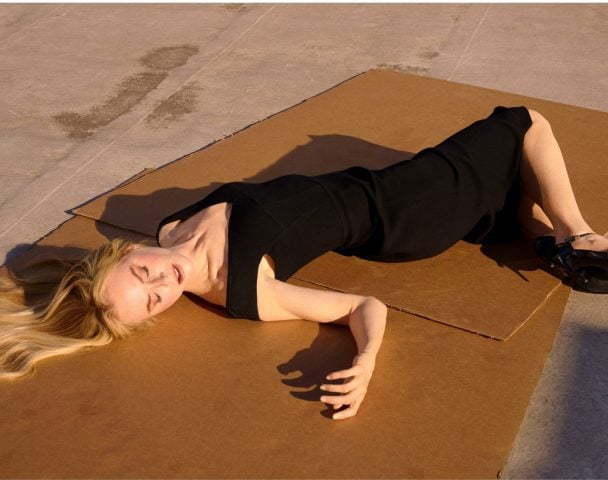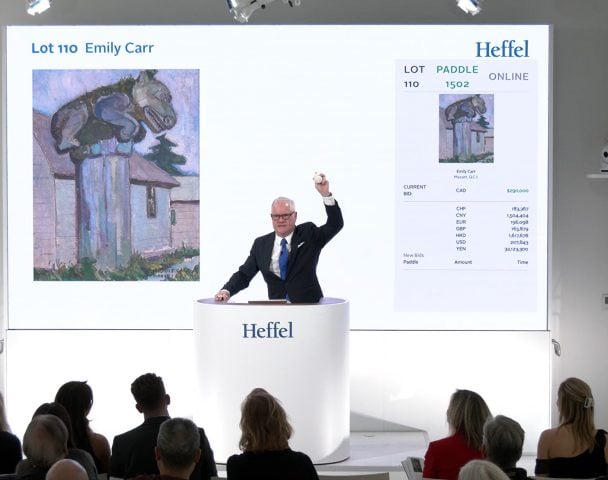The hoodie has come a long way. Originally a garment designed to keep 1930s factory workers warm in chilly New York warehouses, hooded sweatshirts are as political as another humble garment with attitude, the T-shirt. Now, there is a scholarly exhibition exploring the hoodie’s cultural significance.
In the exhibition, which is simply titled “The Hoodie” and is now on show at Rotterdam’s Het Nieuwe Instituut, the complex associations surrounding the sweatshirt are explored through photography, film, installation, and fashion. The exhibition, which has been guest curated by the writer Lou Stoppard, does not pull its punches. Included are the hoodie’s links with ideas of race, social inequality, and “outlaw” youth culture, as well as opposition against police brutality.
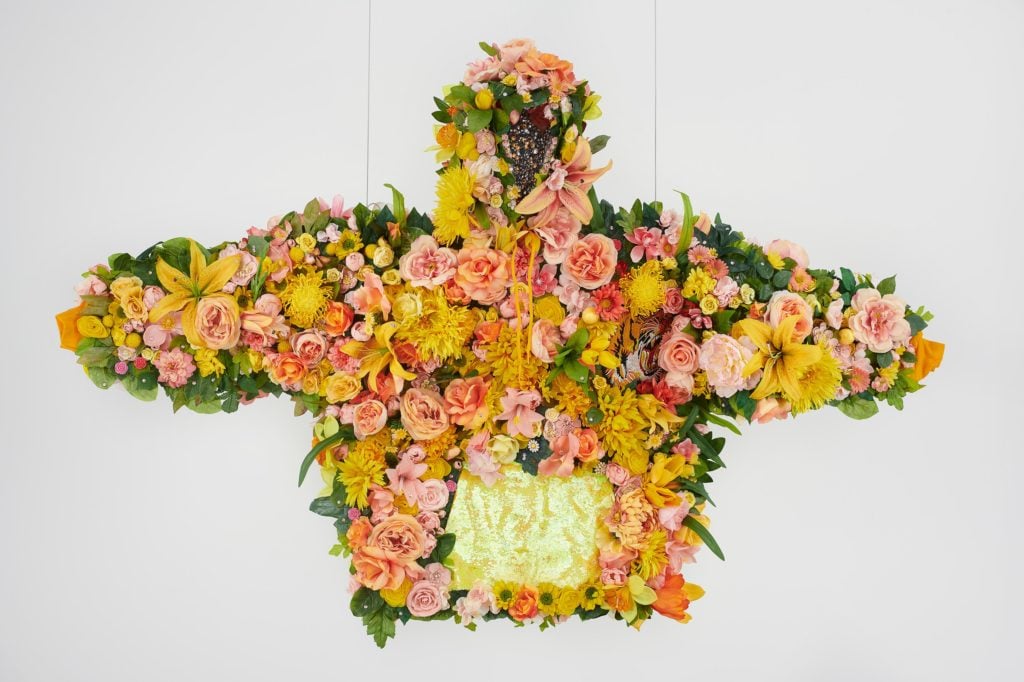
February II, 2019 by Devan Shimoyama. Courtesy Het Nieuwe Instituut.
Featured in the show are hoodie-themed works by leading artists, including David Hammons, Campbell Addy, Sasha Huber, John Edmonds, Lucy Orta and Thorsten Brinkmann, and designers such as Rick Owens, Virgil Abloh’s Off-White, VETEMENTS, and Vexed Generation.
The Swedish artist Angelica Falkeling has made a special hoodie-inspired commission. For her mixed-media installation, Falkeling uses audio and sculpture to draw attention to the impact of the cotton industry on the environment and society. She explores how producing raw materials and making the garment can involve the exploitation of low-paid workers.
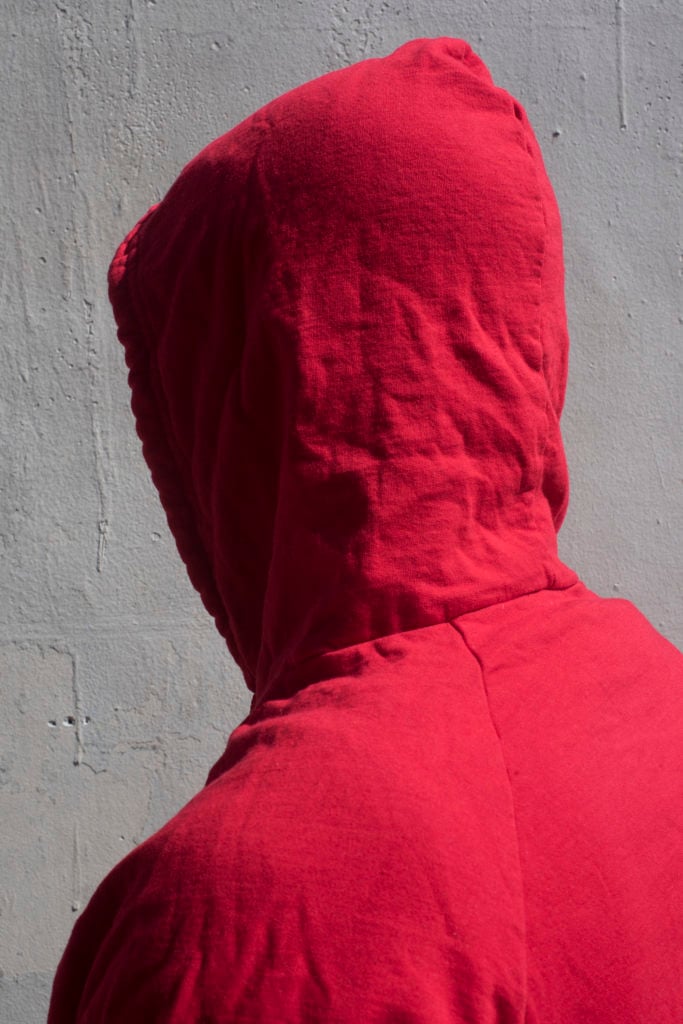
Untitled (Hood 13), 2018, archival pigment photograph by John Edmonds. Courtesy Het Nieuwe Instituut.
Bogomir Doringo created his work using Artificial Intelligence Generative Advisarlian Network (AI GAN), employing 8,000 images of hoodies to essentially “train” AI to create new images of the clothing item. They are presented in the exhibition via a collage of new images, previously-produced journalistic or documentary footage, and documentation of the garment featured in pop culture.
In total, 60 hoodies, plus photographs, music, magazine covers, and film footage are on view, presented with an aim of unpacking the item’s various cultural and political associations. Stoppard teases out the sweatshirt’s multifaceted function in culture today, evaluating its opposing roles as that of trendy outerwear versus marker of inequality. Such is the hoodie’s outlaw status, a 19-year-old gang member in the UK was recently banned from wearing one except in bad weather.
Stoppard tells Artnet News: “There are so many diverse issues and stories sparked by the hoodie—on topics ranging from style and dress habits through to CCTV and surveillance.” She is also interested in the hoodie and sustainable clothing production, its place in subcultures, and music culture, as well as stereotyping, profiling, and racism. Stoppard also notes the hoodie is at the center of “the rise of regulations and even laws around clothing and face/head coverings.”
She says that she hopes the exhibition will spark a wider conservation about these diverse issues. “Hopefully, this exhibition encourages debate around these topics, and a questioning of certain norms, or habitual ways of thinking,” Stoppard says.
See images of the exhibition below.
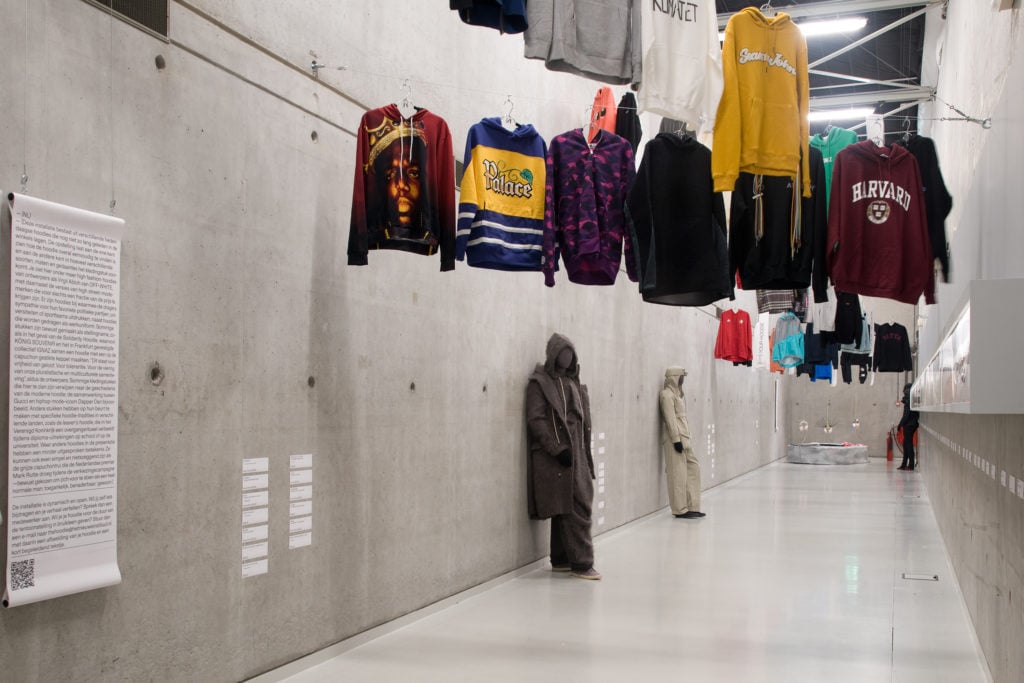
Installation View of “The Hoodie” at Het Nieuwe Instituut. Image courtesy Het Nieuwe Instituut.
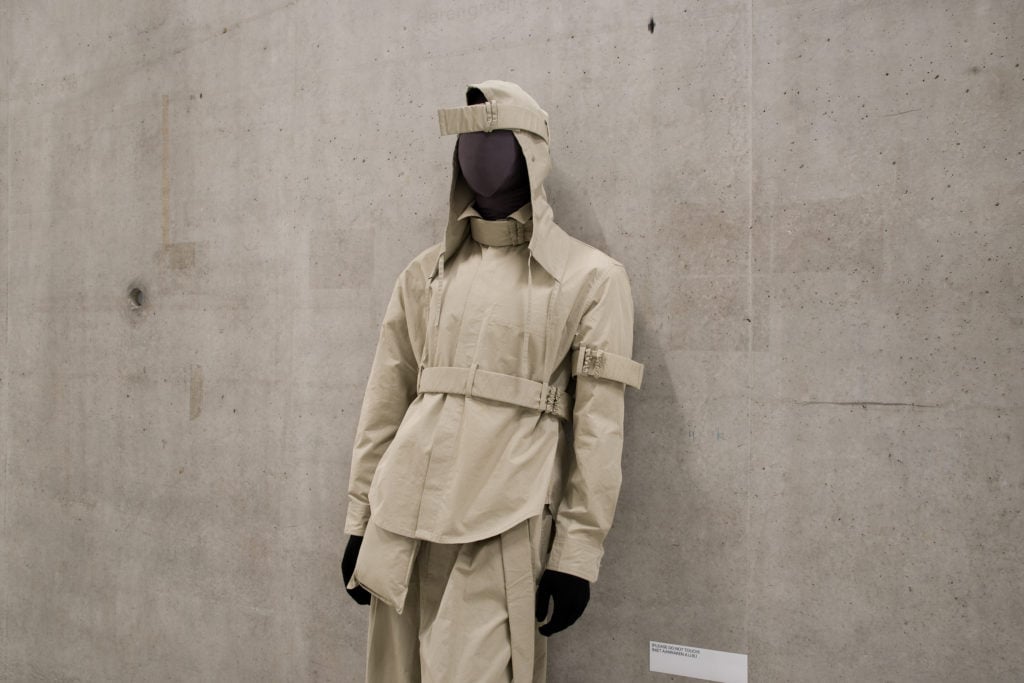
Installation View of “The Hoodie” at Het Nieuwe Instituut. Image courtesy Het Nieuwe Instituut.
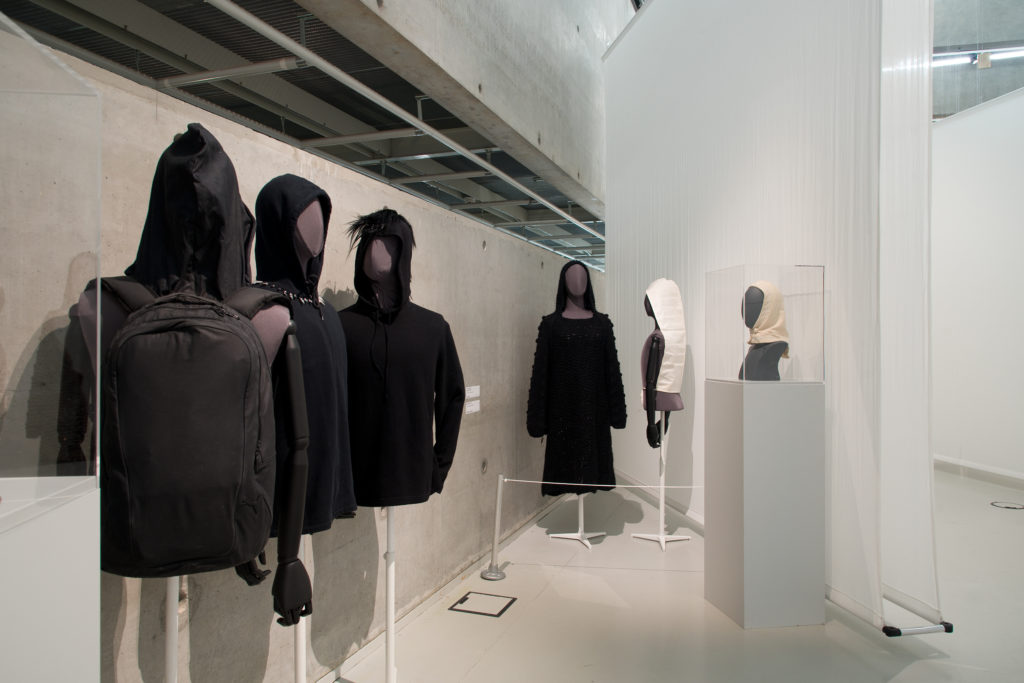
Installation View of “The Hoodie” at Het Nieuwe Instituut. Image courtesy Het Nieuwe Instituut.
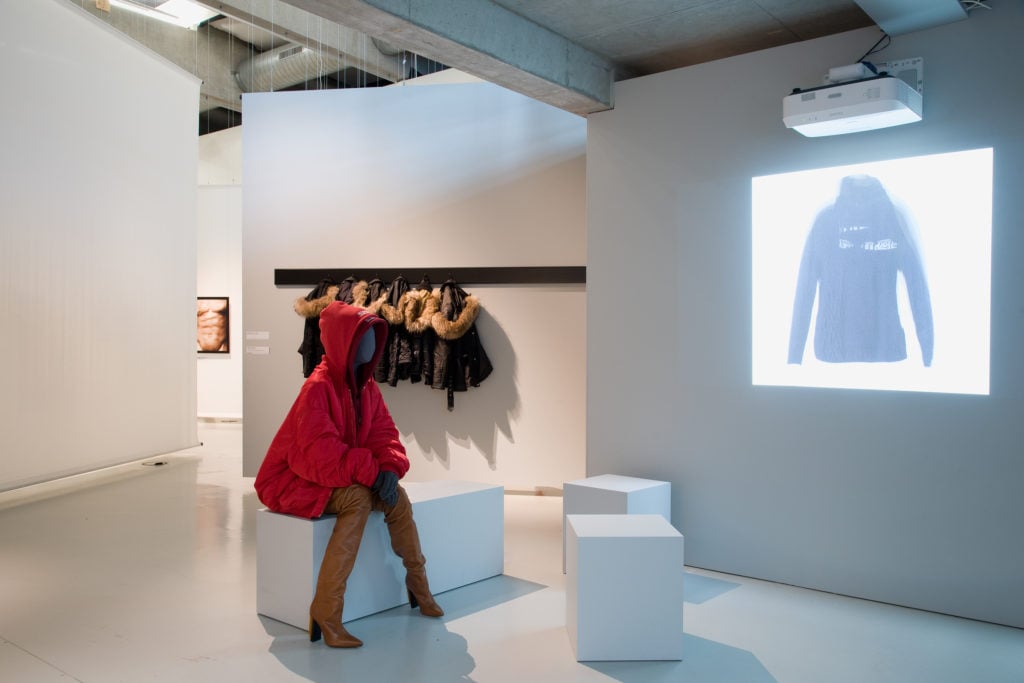
Installation View of “The Hoodie” at Het Nieuwe Instituut. Image courtesy Het Nieuwe Instituut.
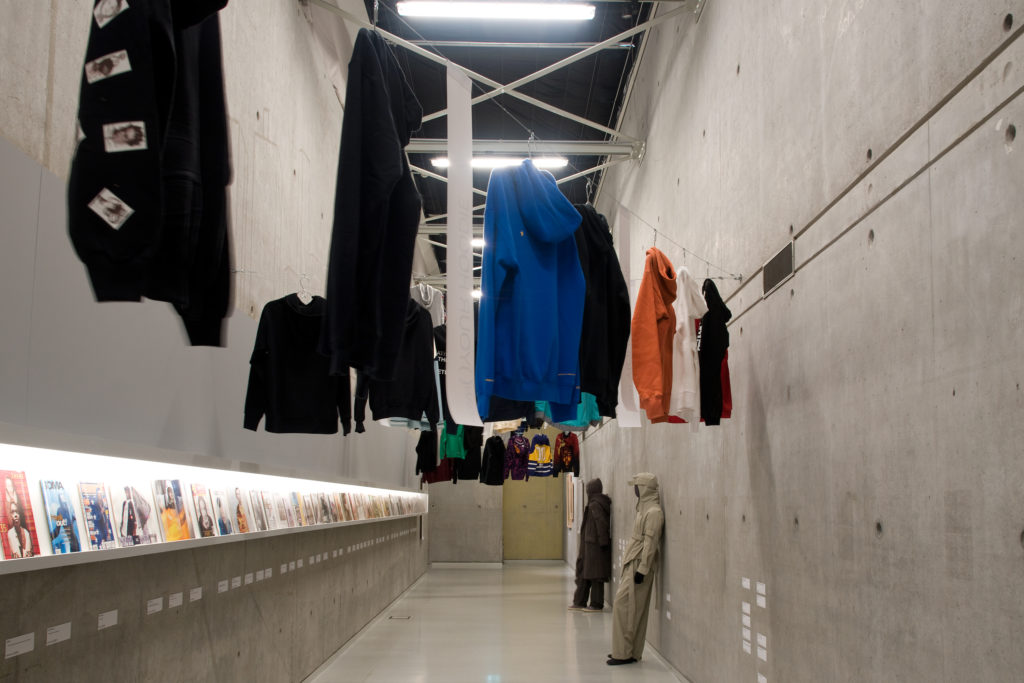
Installation View of “The Hoodie” at Het Nieuwe Instituut. Image courtesy Het Nieuwe Instituut.











